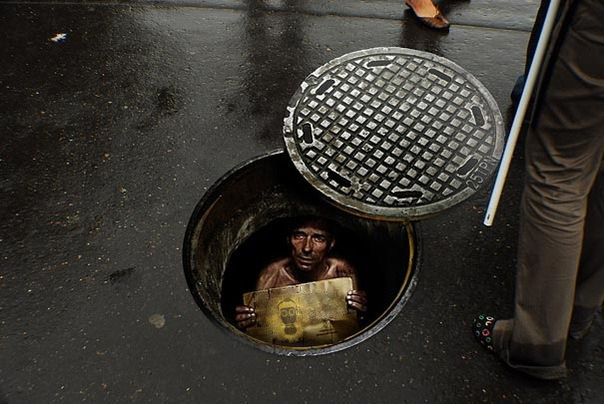Five people recently lost their lives upon entering an under-construction septic pit at Durgi in Rayagada. One person barely made it and was undergoing treatment at a hospital. All of them had inhaled some poisonous gas that had built up in the closed confines of the pit. Such incidents are not a rarity anymore. They are commonplace, particularly in cities where manual scavenging is still prevalent and men are required to physically descend into manholes to clear blocked drains or to clear human waste from septic pits. Rarely any scientific means to take up such menial tasks being employed. In many a rural area, gangs of such men and women are still earning a livelihood from manual scavenging. Even the neighbourhoods of the most affluent solicit their services given that they charge lesser than the well-equipped service providers. Even if manual scavenging is eradicated, the problem of people having to enter closed spaces for one reason or the other cannot be avoided completely. And many lives are being lost because people follow others to their deaths seeing their compatriots in distress, as was the case at Durgi. The issue here pertains to ignorance about safety measures. People involved in excavation work or other such hazardous work below ground have for long used several ingenious means to check for air quality such as using canaries. It is also a usual practice among people who dig wells to send a burning wick down the hole each time they prepare to descend into it to ensure that no poisonous gas has accumulated inside. Other techniques are also employed such as exhaust and aeration systems in pits that would ensure that workers do not suffer adverse effects of poisonous gases. Gas masks are also used to avoid adversities. However, there is gross negligence on the part of construction contractors and also workers in ensuring safety. The pits are not the only danger spots for workers in India. Even construction contractors, whether the infamous Panda Infra building the flyover at Bhubaneswar or the contractor who built the south Calcutta bridge of Majerhat are equally responsible for dereliction of fundamental duties. Safety standards remain abysmal in the unorganised sector. Workers risk their lives each day without any financial or physical cover to protect them just to survive day to day. In an atmosphere where organisations have to cut corners to ensure profitability, safety takes a back seat. In the absence of adequate social security, such mishaps are adequate to put entire families into distress and poverty. One of the main factors that prevents companies from spending adequately on safety maybe, is corruption.
When projects get caught in red tape, contractors keep their focus on cutting through the rigmarole rather than on other vital elements.
Another factor responsible for such incidents is the callousness of workers towards safety systems and operating procedures. There is an urgent need to sensitise people towards valuing their own lives and to protect themselves adequately while taking up risky jobs.
Established construction companies offer their workers with at least the most basic of safety equipment to ensure that they do not come to harm.
But such a culture is yet to seep into India. Sanitation workers are often seen using rudimentary devices such as pieces of plywood or metal plates to clean roads and to clear dustbins. Inadequate attention being paid to workers’ life and safety is an indication of a culture that accords no dignity to labour and needs to change for the benefit of all. To start somewhere, governments, municipalities and other such bodies have to take the first step of prosecuting contractors found negligent. Not only black listing but framing of murder charges and filing of cases under homicide laws may kick-start the much needed attitudinal changes.
